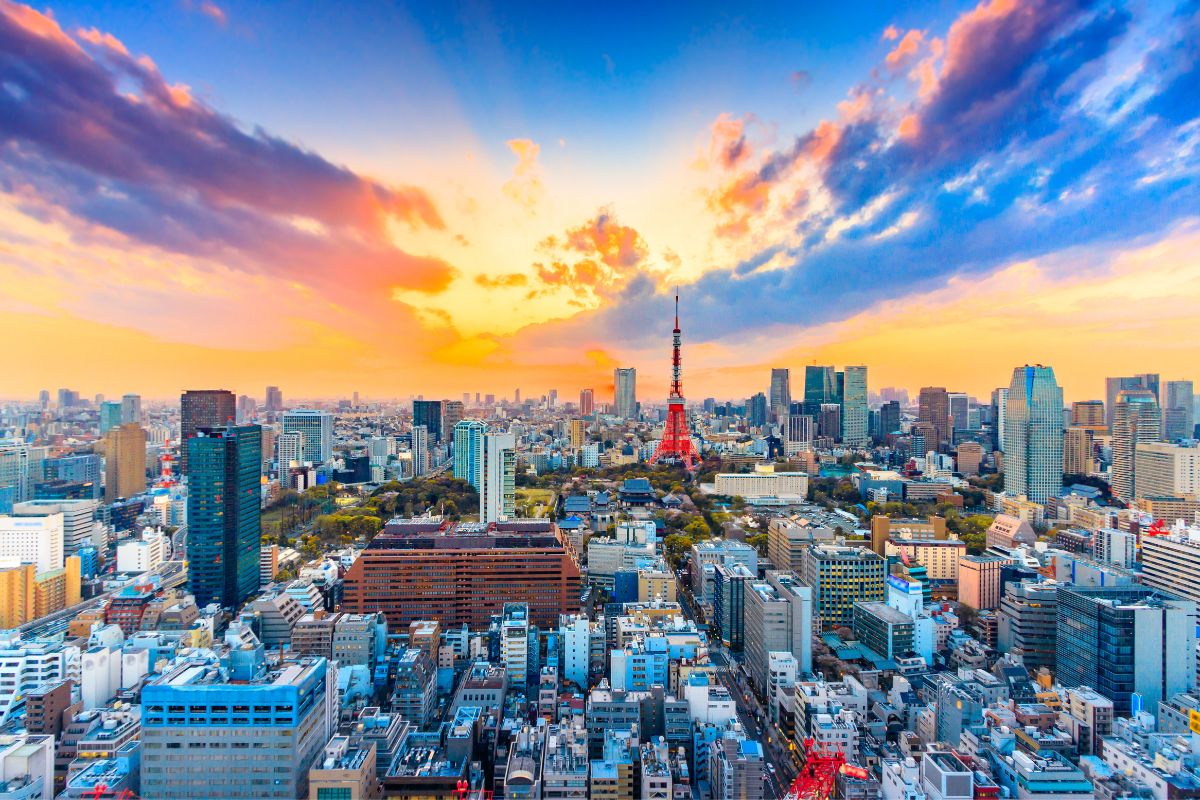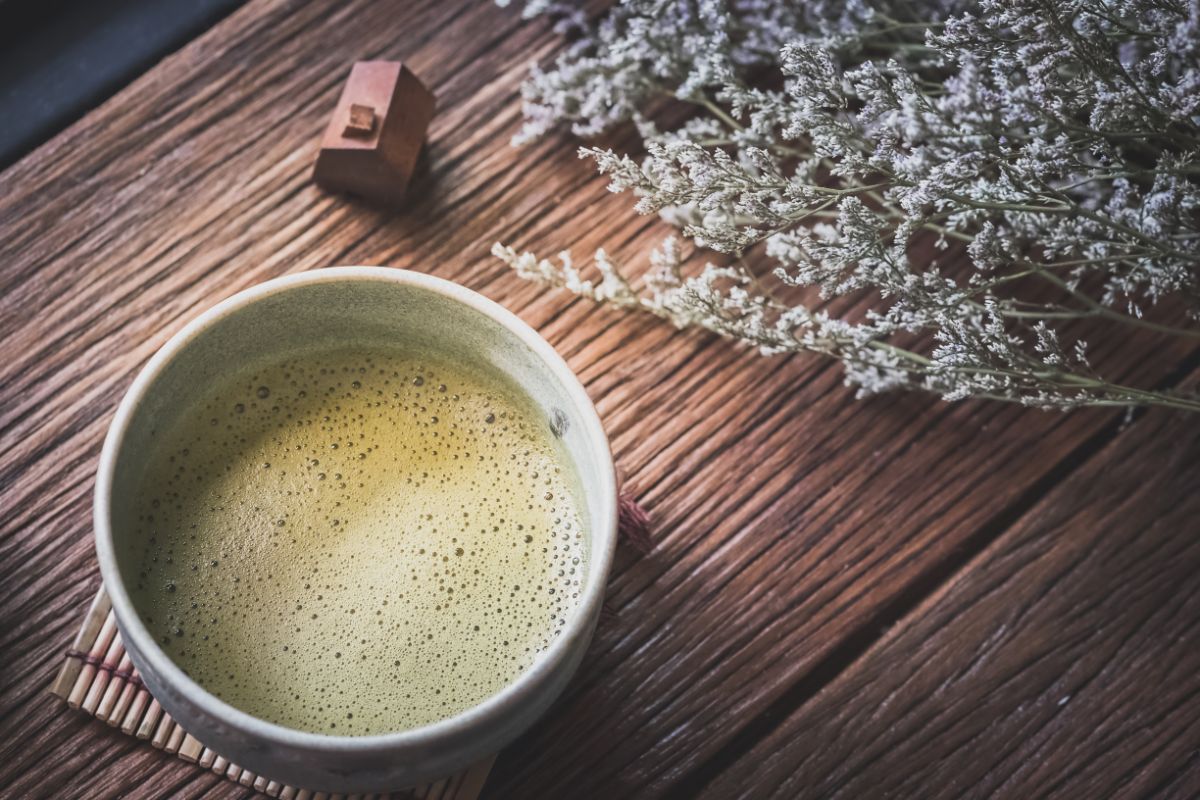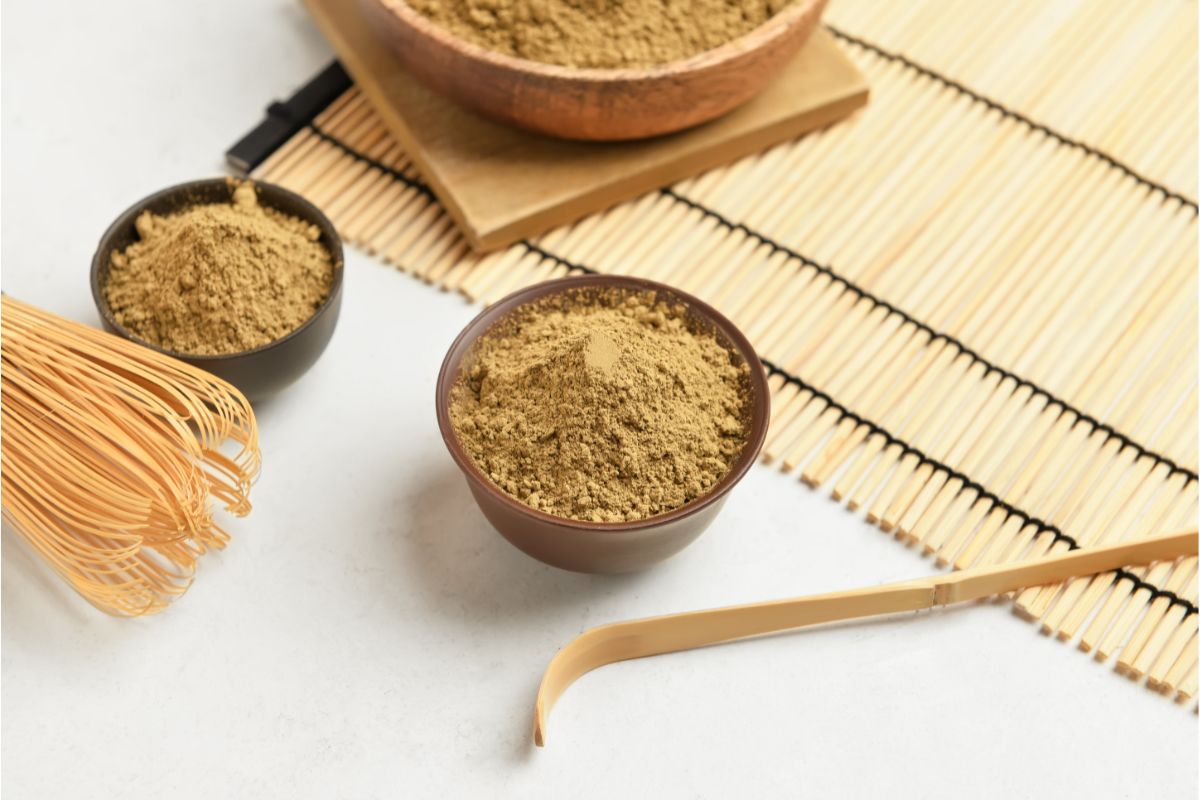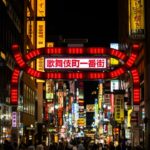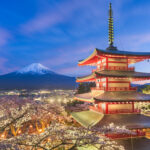Tokyo’s alternative culture comes to life in Koenji, just west of Shinjuku.
The neighborhood still exudes a faintly antiquated vibe despite being the epicenter of the city’s punk movement in the 1980s.
The city is renowned for having the biggest number of second-hand clothing stores in the country.
Read on to discover everything you need to know about Koenji.
An introduction to Koenji
The abundance of ancient temples in the area gave rise to the name Koenj.
I must admit that the weekend early taiko drumming and the loud summer festivities are not everyone’s cup of tea.
But what’s the story of this part of Japan?
After the Great Kanto Earthquake in 1923, Koenji, a peaceful farming community on the Ome-Kaido Highway, saw an increase in population.
Today, government statistics show that Suginami Ward, where Koenji is, has a population of 569,344 people. 2.87% of that is made up primarily of foreign residents.
Naturally, the estimates also consider the nearby Asagaya and Ogikubo neighborhoods. Each of which has its own unique beauty.
Particularly in Koenji, the population is extremely young. Possibly this area draws them in because they can stroll to the subculture’s center and get to Shinjuku in 10 minutes.
Awa Odori takes place here every year
As a tribute to Takamatsu, Shikoku Prefecture’s legendary Awa Odori Festival takes place here. This is still one of Tokyo’s biggest summer street festivals today. Koenji began its own Awa Odori Festival in the 1950s.
There’s still a vintage feel here, which people love
Tokyo’s 1980s modernization mostly spared the neighborhood. So it still has a vintage feel and many little stores. With its abundance of live venues and thrift shops, it is becoming the center of the underground youth subculture.
Shopper’s paradise
There are many shotengai in Koenji (shopping streets). At least one store selling a variety of odd, intriguing trinkets in the so-called Koenji style will be found on every street.
Along the journey, you’ll pass by many vintage and thrift stores and, occasionally, some vibrant street art.
Look, Pal Arcade, and Junjo are the main shopping avenues.
Nanatsu Mori is a well-known kissaten (retro-style cafe) with a cozy, welcoming ambiance on Look Shopping Street. It is famous for its omurice, a Japanese dish of rice with an exceptionally fluffy omelette on top.
Another endearing custom of Nanatsu Mori is to give 5-yen coins tied with a ribbon as change. This also serves as a good luck charm.
Toyokiya is a store that has been serving the requirements of the Awaodori dance teams along Pal Arcade for many years. You don’t have to be an Awaodori dancer to enjoy shopping there, though, as it also carries interesting curiosities that make for excellent souvenirs.
In the meantime, Junjo Shopping Street is regarded as a symbol of Koenji. So make sure to capture it on camera by the archway that denotes the beginning of this shotengai.
Visiting graveyards and temples in Koenji
Koenji contains many temples, and graveyards are plentiful. These are usually close to a temple, which is logical given that Buddhist ceremonies are used for most funerals in Japan.
Horinouchi Myohoj appears to be one of Koenji’s more well-known and famous temples.
Myohoji
Myohoji is a yakuyoke temple, which implies that Japanese people go there to fend off evil or banish ill luck. There is a Japanese superstition called yakudoshi, which states that there are some years in a person’s life when bad luck is likely to strike.
During these years, people visit temples or shrines specifically to pay for a religious ceremony to have the ill luck expunged. Myohoji claims to be an expert in this rite.
Relax in a sento
The number of sento (public bathhouses) has drastically dropped over the years, as almost all residences now have bathtubs and showers, although Koenji still boasts a few.
Visit Benten-yu, situated in a residential area about six minutes from Shin-Koenji Station, to experience traditional living firsthand. This modest, family-owned sento originates from 1929. It has made an appearance in some TV series and ads!
The interior and amenities of Benten-yu have altered throughout time, despite the outside seeming much the same as it did 90 years ago.
Although it has an outdated reception room, the sento offers free internet.
Visiting Benten-yu is like going back in time despite these changes. The women’s restroom has a 1950s-era hooded hair dryer, and the men’s restroom includes a retro weighing scale.
The biggest dance festival in Japan happens here
The commercial street between Koenji Station and Shin-Koenji fills up with dancers and spectators during the second to last weekend of every August.
Since it is the biggest festival in the region, you can anticipate that throughout the weekend, trains going that way will be rather crowded throughout the weekend.
How do you get to Koenji?
Koenji is simple to reach! The Chuo Line and the significantly slower Chuo-Sobu Line both stop at Koenji Station. Shinjuku Station is around 6–10 minutes away. Take note that on weekends and holidays, the Chuo Line does not stop at Koenji Station.
On the Marunouchi Line, you can also exit at Shin-Koenji Station, but avoid taking any trains headed toward Honancho. They don’t stop at Shin-Koenji because they are on the Marunouchi branch line.
I suggest getting out at one station, such as Shin-Koenji, and finishing your journey at the other, as they are both a 12-minute walk apart.
Enjoy Japan’s counterculture in Koenji
So there you have it: everything you need to know about visiting Koenji. This is certainly a unique place to head to, and somewhere to add to your to-do list while in Japan.
- Writing & Understanding Haiku Poetry - May 25, 2023
- Shinkansen Bento: A Guide to the Delicious Train Station Box Lunches - May 25, 2023
- What is Takoyaki? - May 25, 2023


